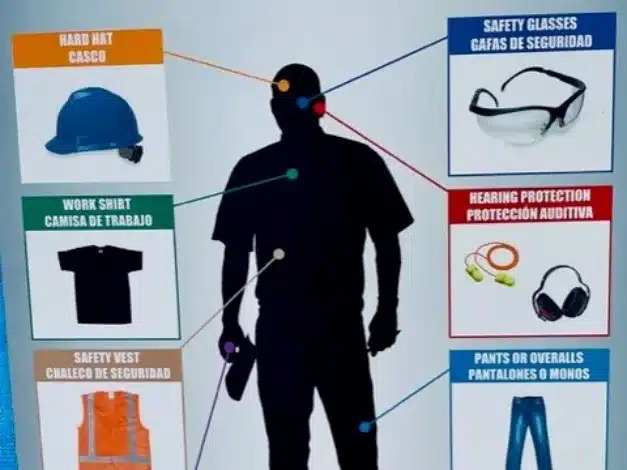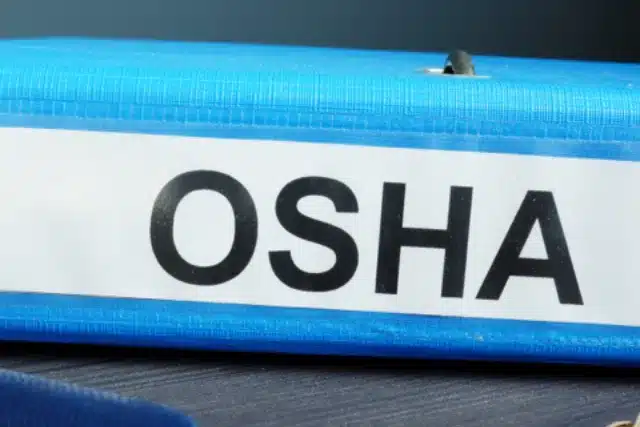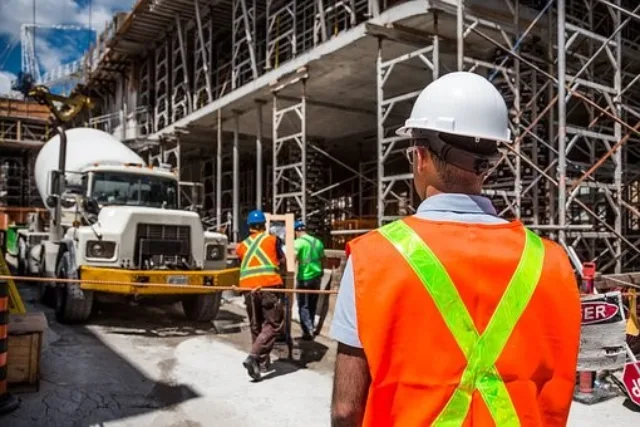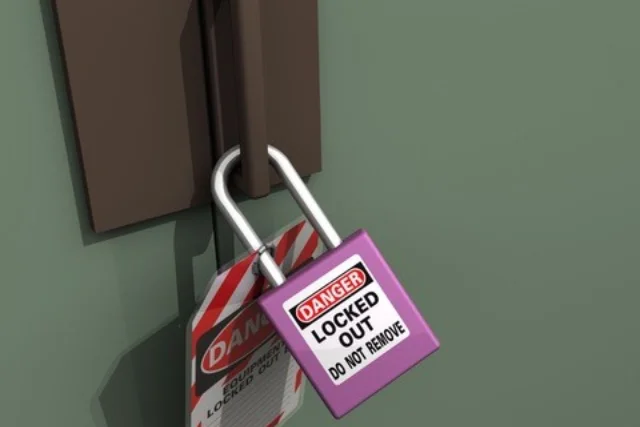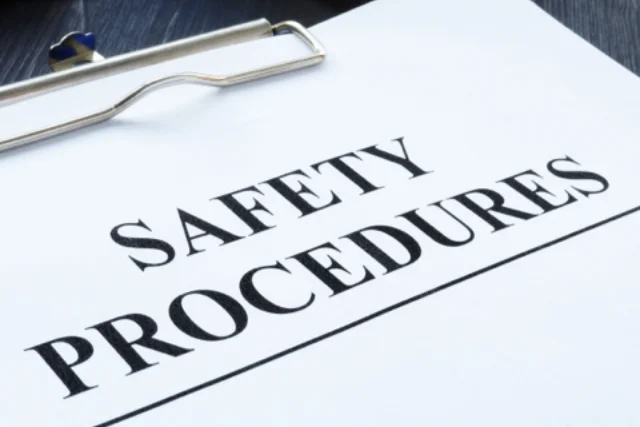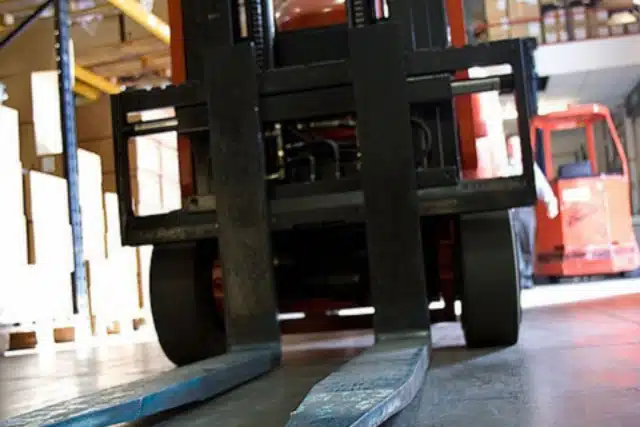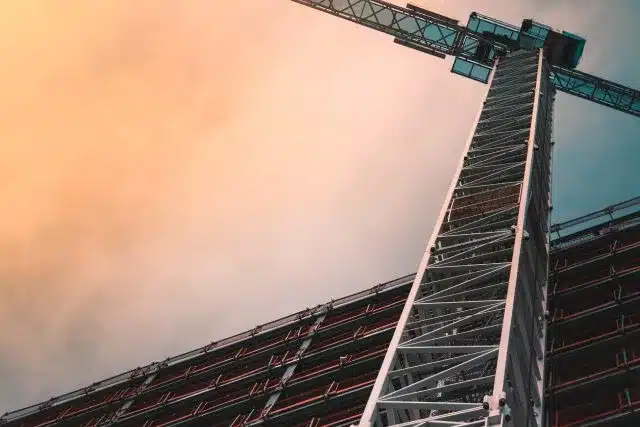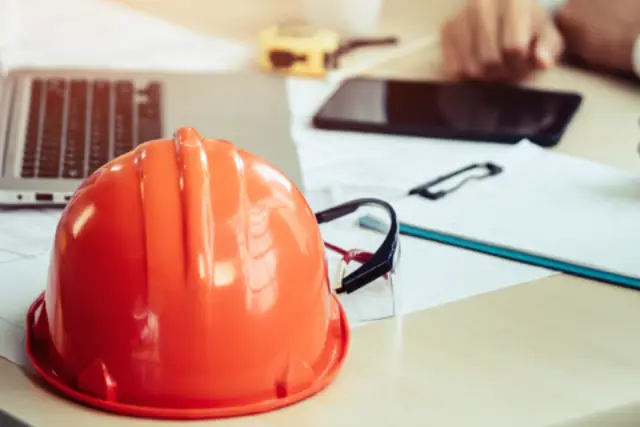A Fresh Start: Reviewing Your Safety Manual for the New Year
As the calendar turns, ushering in a new year, it’s a time for personal resolutions and fresh beginnings and an excellent opportunity for businesses and organizations to renew their commitment to safety. One effective way to ensure a safe and secure workplace is by thoroughly reviewing your safety manual. A safety manual is a cornerstone for establishing guidelines, protocols, and best practices that protect employees and stakeholders. Safety should always be a top priority, and what better time to ensure your safety practices are up-to-date and effective than the start of a new year?

